Introduction
We’ve compiled a list of the top 15 space agencies in the world. These agencies are crucial for helping people learn more about space, encouraging new technologies, and improving cooperation between countries. Let’s look at each one in detail to show how amazing space travel is.
Overview of the Top 15 Space Agency in the World
1. National Aeronautics and Space Administration (NASA) – United States
NASA, established in 1958, is the world’s most influential and well-funded space agency. It leads global human spaceflight, scientific discovery, and deep-space exploration, making it the backbone of modern space advancements.
Summary
- Manages Artemis (Moon), Mars rovers, JWST, and deep-space missions.
- Partners with SpaceX and global space agencies.
- Pioneers robotics, astronomy, and Earth science.
2. China National Space Administration (CNSA) – China
Founded in 1993, CNSA is China’s national space authority responsible for civilian space programs. It has rapidly transformed China into a major space power with advanced lunar and planetary exploration missions.
Summary
- Achieved lunar landings, Chang’e missions, and Mars rover Zhurong.
- Operates its own space station, Tiangong.
- Has long-term goals for deep-space and crewed Moon missions.
3. Russian Federal Space Agency (Roscosmos) – Russia
Roscosmos, formed in 1992 after the Soviet era, continues Russia’s historic legacy in space. As the agency behind the first human spaceflight, it remains central to global space operations.
Summary
- Key partner in ISS operations.
- Uses Soyuz spacecraft for human missions.
- Developing lunar and Mars exploration programs.
4. Indian Space Research Organisation (ISRO) – India
Established in 1969, ISRO is India’s national space agency known for achieving world-class results with highly cost-effective missions. It is a rising leader in satellite launches, Moon missions, and upcoming human spaceflight.
Summary
- Successful missions: Chandrayaan, Mangalyaan, Aditya-L1.
- Developing Gaganyaan human spaceflight program.
- Strong launch vehicle capability (PSLV, GSLV).
5.European Space Agency (ESA) – Europe
European Space Agency was created in 1975, ESA is an intergovernmental organization of 22 European nations. It combines scientific talent, funding, and technology to execute major space missions globally.
Summary
- Missions include ExoMars, Gaia, Ariane rockets.
- Leads in Earth observation and space science.
- Partners with NASA, JAXA, ISRO, and others.
Also read – Top 5 Private Space Companies in India
6. Japan Aerospace Exploration Agency (JAXA) – Japan
Formed in 2003 by merging Japan’s earlier aerospace institutions, JAXA specializes in advanced robotics, asteroid missions, and space science research.
Summary
- Known for Hayabusa asteroid sample-return missions.
- Works on Moon missions and climate satellites.
- Strong global collaborations.
7. Space Exploration Technologies Corporation (SpaceX) – United States
Founded by Elon Musk in 2002, SpaceX is the world’s leading private space company. It revolutionized space travel through reusable rockets and commercial crew flights.
Summary
- Developed Falcon 9, Falcon Heavy, and Starship.
- Operates Crew Dragon for astronaut missions.
- Plans for Moon and Mars colonization.
8. National Centre for Space Studies (CNES) – France
Established in 1961, CNES is France’s national space agency and a major contributor to European space missions. It focuses on science, satellite technology, and planetary exploration.
Summary
- Leader in Earth observation and climate satellites.
- Works with ESA and global partners.
- Advances space science and research.
9. China Academy of Space Technology (CAST) – China
Founded in 1968, CAST is China’s main institution for designing and manufacturing satellites and spacecraft. It supports China’s civilian and military space programs.
Summary
- Builds communication, navigation, and remote sensing satellites.
- Supports deep-space missions and spacecraft engineering.
- Key partner to CNSA.
10. United Launch Alliance (ULA) – United States
Formed in 2006 as a joint venture between Boeing and Lockheed Martin, ULA provides reliable launch services for government, scientific, and commercial missions.
Summary
- Known for Atlas V and Delta IV rockets.
- Trusted for U.S. military and NASA payloads.
- High reliability record in space launches.
Also read – ISRO Space Centers in India
11. German Aerospace Center (DLR) – Germany
Founded in 1969, DLR is Germany’s national research center for aerospace, energy, and transportation. It is a major scientific partner within ESA.
Summary
- Works on Earth observation, robotics, and planetary science.
- Supports ESA missions with research and technology.
- Known for advanced space engineering.
12. Israel Space Agency (ISA) – Israel
Created in 1983, ISA focuses on scientific satellites and research. Despite being small, Israel has made strong progress in lunar and satellite missions.
Summary
- Developed the Beresheet lunar lander.
- Strong in communication satellites.
- Works with NASA and other global agencies.
13. United Arab Emirates Space Agency (UAESA) – UAE
Established in 2014, UAESA is one of the youngest but fastest-growing space agencies. It aims to transform UAE into a regional space hub.
Summary
- Successfully launched the Hope Probe to Mars.
- Expanding astronaut programs and lunar plans.
- Focused on space science, education, and innovation.
14. Brazilian Space Agency (AEB) – Brazil
Founded in 1994, AEB coordinates Brazil’s national space activities, focusing on Earth observation, satellite development, and environmental monitoring.
Summary
- Works on Amazon monitoring satellites.
- Collaborates internationally for launch services.
- Growing capabilities in Latin America.
15. Canadian Space Agency (CSA) – Canada
Established in 1989, CSA is globally known for its expertise in space robotics. Canada is a crucial partner in ISS operations and future lunar missions.
Summary
- Developed Canadarm and Canadarm2.
- Partner in the Lunar Gateway program.
- Strong in Earth observation and astronomy.
Also read – List of Moon Landed Countries
Conclusion
The best space agencies in the world keep pushing the limits of technology, science, and exploration. NASA’s deep-space missions, ISRO’s cost-effective successes, and the UAE’s quick rise all help people explore the cosmos together.
As we move into the future, these groups will be in charge of new planetary missions, groundbreaking projects, and new ideas that change how we think about space.
Frequently Asked Questions (FAQs)
This FAQ section is designed to provide quick and clear answers to the most common inquiries we receive. We encourage you to click on a question to find the information you need. If you can’t find an answer here, please don’t hesitate to visit our Contact Us page for further assistance.
What is the name of indian space agency ?
The Indian Space Research Organisation (ISRO), headquartered in Bengaluru, Karnataka, manages India’s space program under the Department of Space.
How many space agencies are there in the world ?
Around 70-80 government space agencies operate globally, primarily in advanced nations, alongside numerous private organizations.
Does Pakistan and Australia have any space agency ?
Pakistan has SUPARCO, though less active recently; Australia established the Australian Space Agency (ASA) in 2018, collaborating with ISRO.
Where is the European space agency located ?
The European Space Agency (ESA) headquarters is in Paris, France.
Is there any private space agency in India ?
Yes, over 200 private space startups like Skyroot Aerospace, Agnikul Cosmos, and Bellatrix Aerospace thrive, supported by IN-SPACe since 2020 reforms.
What is the name of China space agency ?
China National Space Administration (CNSA), established in 1993 and based in Beijing, leads China’s space efforts.
Which is the best space agency in the world ?
NASA, CNSA, ESA, Roscosmos, and private SpaceX top rankings by missions, innovation, and launches, though “best” varies by criteria like budget or achievements.
Which is the first space agency in the world ?
NASA, formed in 1958 from NACA, is widely considered the first modern space agency, following early Soviet and U.S. efforts.
Which is the most successful space agency in the world ?
NASA leads with Apollo moon landings and Hubble; CNSA excels in recent lunar robots; ISRO impresses with low-cost feats like Chandrayaan.
Which space agency discovered water on moon ?
ISRO’s Chandrayaan-1 mission in 2008-2009 first detected water molecules using NASA’s Moon Mineralogy Mapper instrument.
Having any queries? – Do reach us at info@scivoyage.com

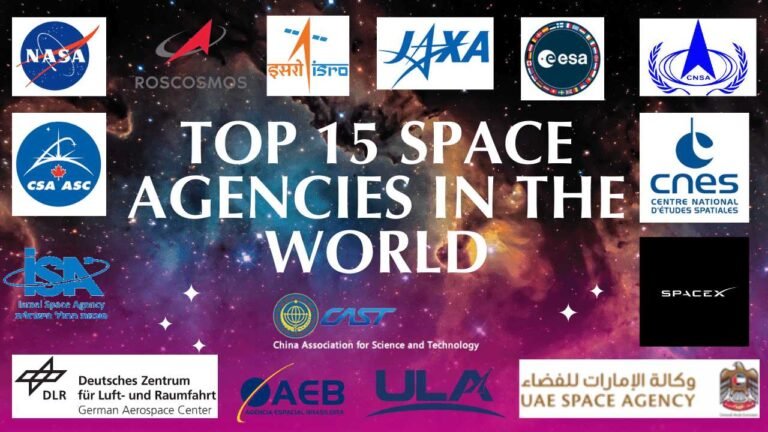
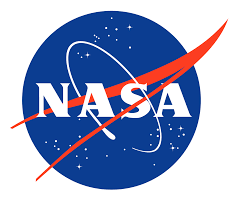

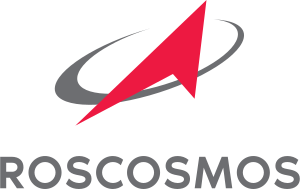
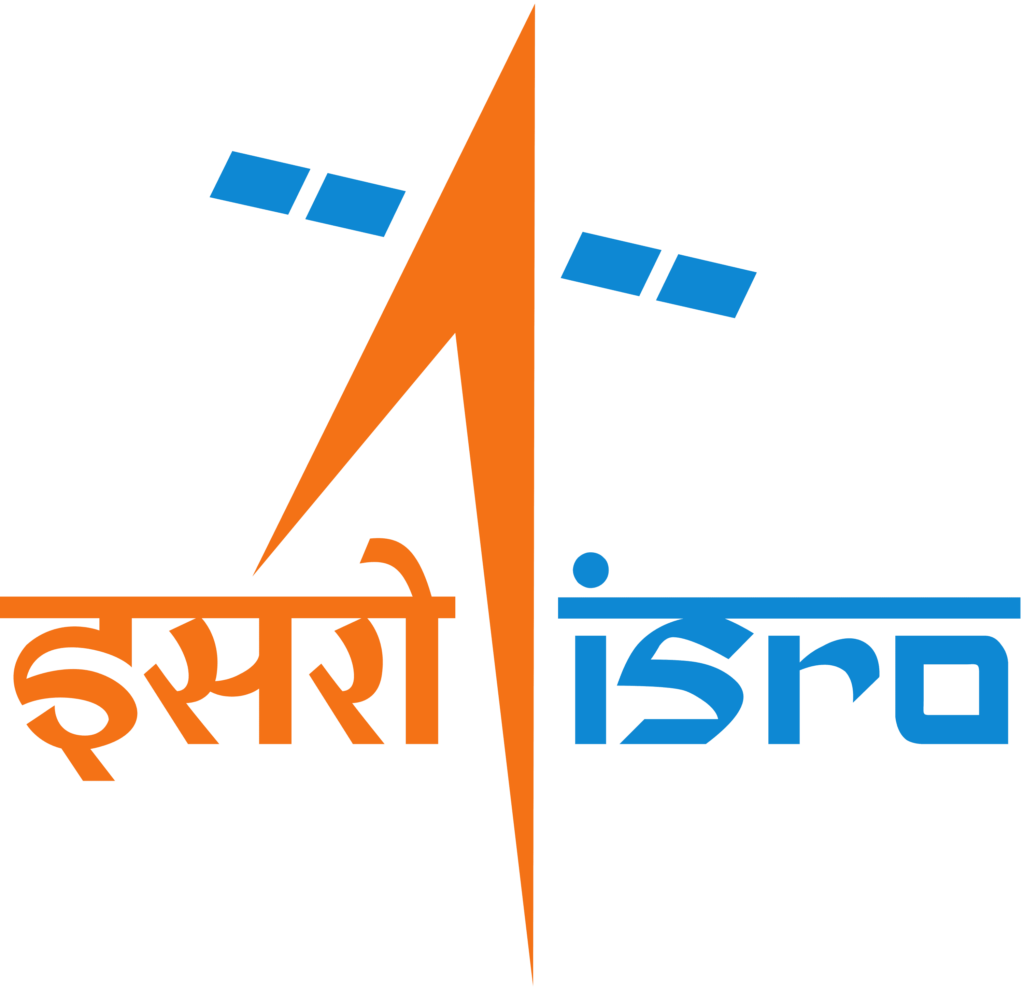
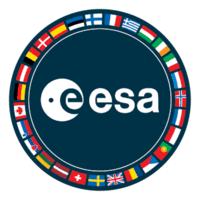
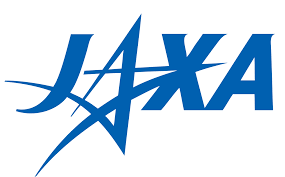





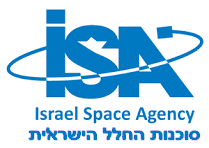


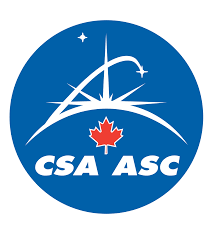
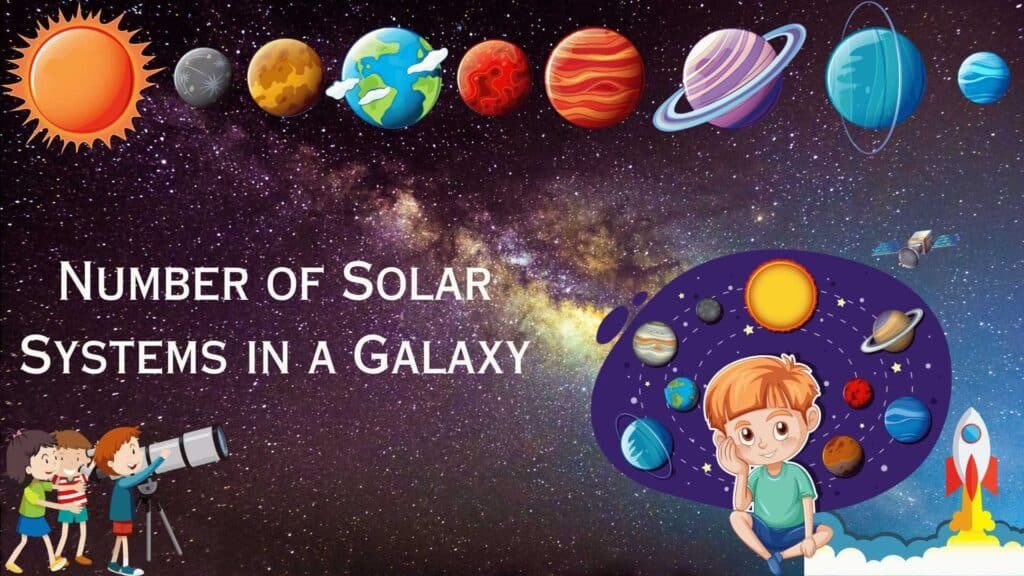
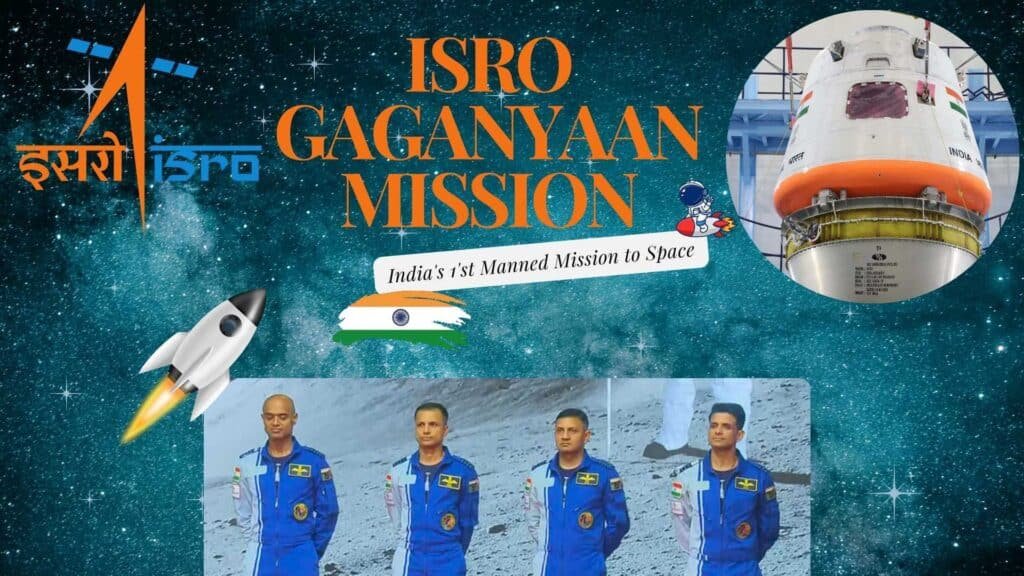
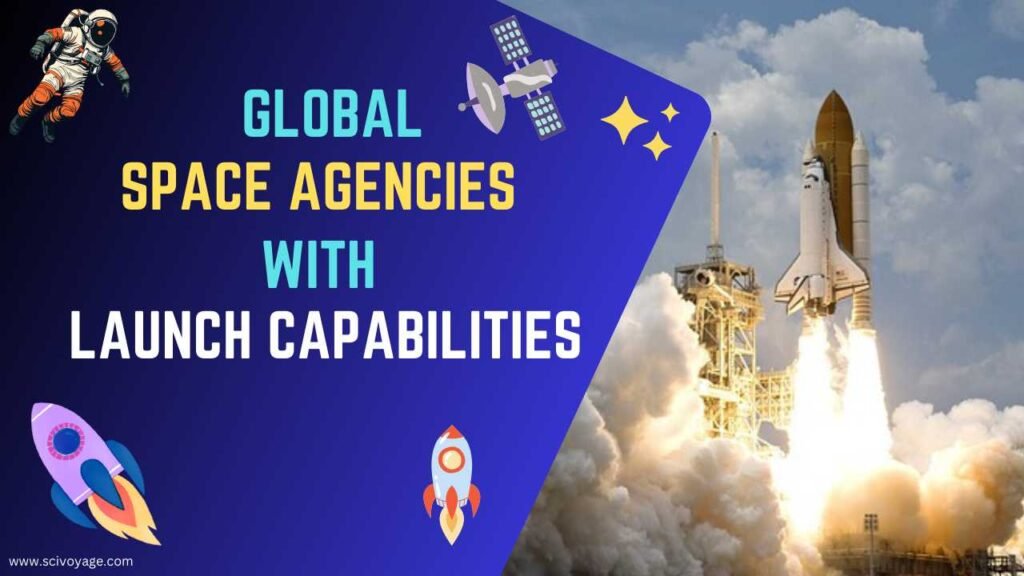

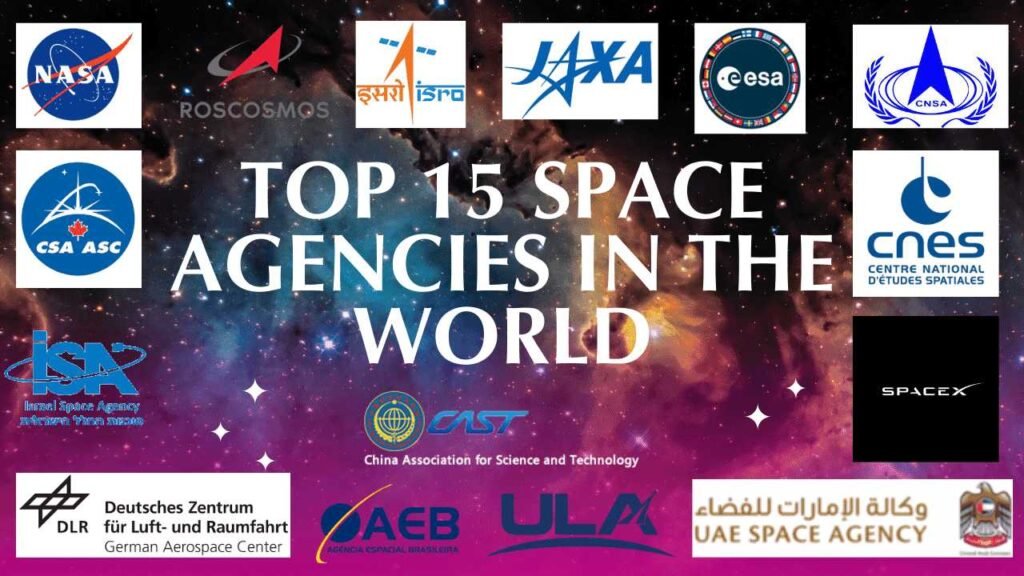
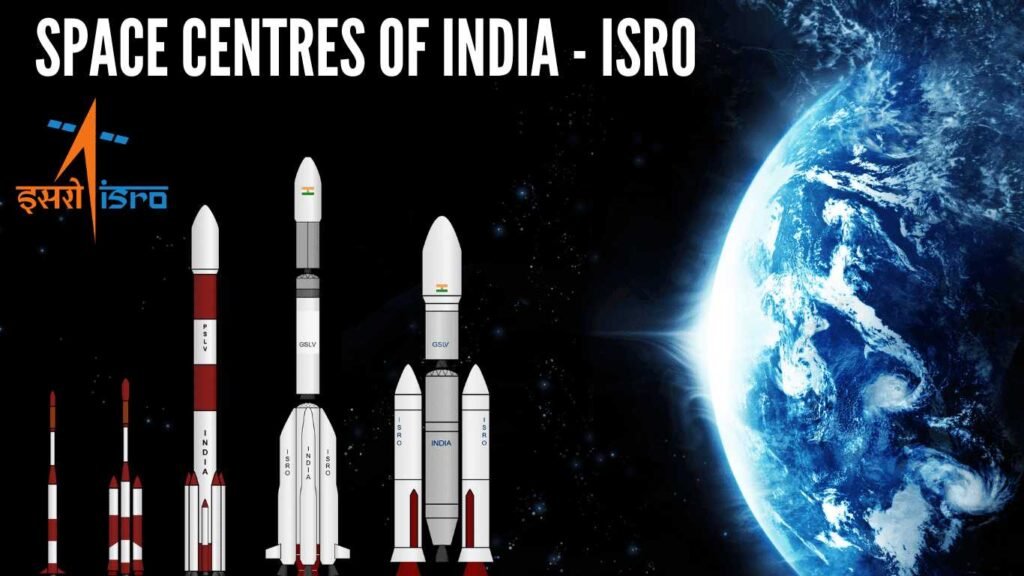

3 thoughts on “Top 15 Space Agency in the World”
You are not right. I am assured. Let’s discuss it. Write to me in PM, we will communicate.
Well I truly enjoyed reading it. This subject procured by you is very constructive for good planning.
When someone writes an paragraph he/she retains the thought of a user in his/her brain that how a user can be aware of it.
Thus that’s why this paragraph is amazing. Thanks!